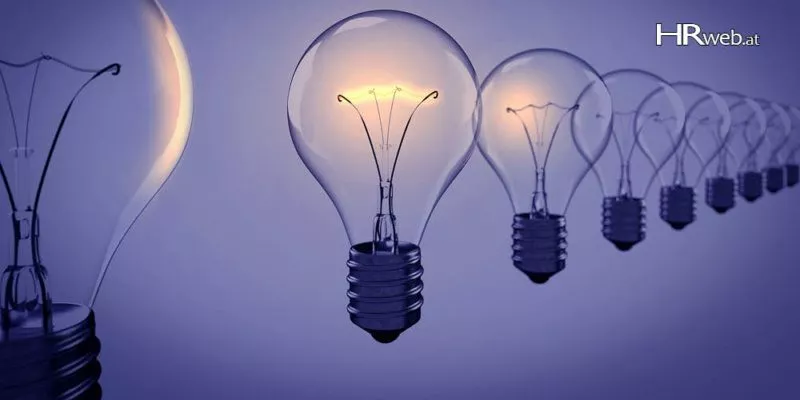Mozart said, „The music is not in the notes, but in the silence between.“ Presenting is similar to music because both seek to appeal to an audience using melody, intonation and space to breathe. Knowing how and when to pause gives you and your audience that space.
Autor: Mark Heather (MHC Business Language Training)
Emotion DOSE for presentations:
Pausing helps the audience
You are an expert on your topic. You may not realise how much more you know than your audience, who you expect to understand in 20 minutes what you have spent weeks preparing. Their minds are racing 100 km/h to keep up with you, even when you speak slowly. They need regular moments to step back, absorb what you said, process the information and calmly reflect on it.
They may decide they agree or disagree with you, which may lead to questions. Welcome this engagement! It means people are listening and interested in what you have to say.
Pausing helps the presenter
Most people find public speaking stressful. It requires enormous concentration, focus and mental stamina. Give yourself a moment to catch your breath! Pausing helps to recalibrate, calm any nerves, control the tempo, and consider your following sentence. You will also avoid making any unwelcome ‚um‘ or ‚er‘ sounds if you breathe in simultaneously.
Use this opportunity to ‚listen with your eyes‘ and observe your audience. Is everyone engaged? Does anyone look bored or confused? Do you need to raise the energy, clarify any points, or clear up any misunderstandings?
The 4P Model – Pause – Person – Project – Present
1. Pause
Follow the rules of punctuation used in written communication. Commas (,) indicate short half-second breaks between examples in a list. Full stops (.) last longer, up to 2 seconds, to signal you finished a point. Exclamation marks (!) need 1 → 2 second pauses for dramatic effect, and questions (?) need at least 2 seconds – That is, if you want someone to answer!
2. Person
Pick out someone in the audience – just one person. Look them directly into the eyes and speak to them personally. Select a different audience member each sentence from all around the room, and, during your talk, you will establish a human connection with dozens of people. Relating to one person at a time also helps remove much of the fear of presenting to a large audience.
3. Project
Actors use their hands, face and whole body to express their emotions. Words alone are insufficient. During your pause, do the same. Raise your hands to lift the energy; allow your face to reveal how you feel; find your dynamic posture by standing up straight, leaning forward and placing one foot slightly ahead of the other. Notice how much more you look and feel in control!
4. Present
You are ready to deliver your sentence.
Conclusio
Pauses are powerful. Mastering them will make your talks a pleasure to listen to and live longer in the memory. You know what you want to say. Now consider when not to say anything at all. In the words of trumpeter Dizzy Gillespie, „It has taken me my whole life to learn what not to play.“
Presentation-Tips | The Power of Pauses when Presenting: 4 Steps.
Guest-Autor
 Mark Heather is owner and CEO at MHC Business Language Training, an institute based in Vienna and Bratislava. He is a communication and presentation skills trainer with an educational background in psychology and management. He gives courses and webinars to companies in Austria, the Diplomatic Academy and has previously lectured at the FH Wien. mark.heather@mhc-training.com I www.mhc-training.com
Mark Heather is owner and CEO at MHC Business Language Training, an institute based in Vienna and Bratislava. He is a communication and presentation skills trainer with an educational background in psychology and management. He gives courses and webinars to companies in Austria, the Diplomatic Academy and has previously lectured at the FH Wien. mark.heather@mhc-training.com I www.mhc-training.com







